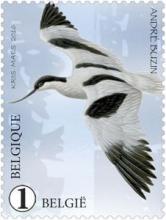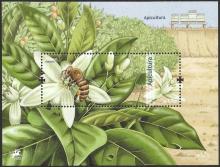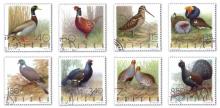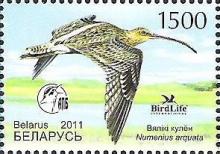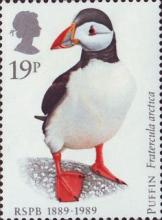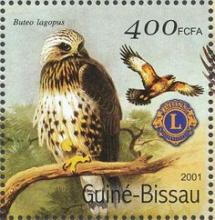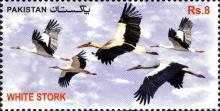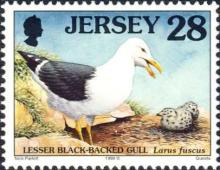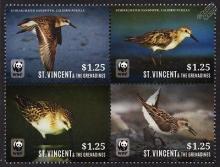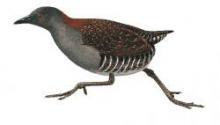De kluut gaat ten onder aan een gebrek aan schaaldieren en insecten
Tot enkele decennia geleden kwamen talrijke klutenpopulaties tot broeden op de kale kwelders in het waddengebied. Na de jaren negentig van de vorige eeuw namen de aantallen echter constant af. In 2015 bedroeg het aantal broedparen nog maar een derde van het gemiddelde rond 2000. Het actuele aantal ligt ver onder de instandhoudingsdoelstellingen die voor Natura 2000 zijn geformuleerd.

